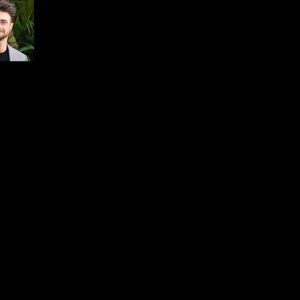DAKOTA JOHNSON SUITS UP FOR MARVEL: ACTRESS CONFIRMED TO STAR IN UPCOMING SUPERHERO BLOCKBUSTER
Hollywood royalty and fashion muse Dakota Johnson is about to step into a whole new universe — and it’s covered in spandex, superpowers, and Marvel-level mayhem. That’s right, the Fifty Shades and How to Be Single star is officially joining the Marvel Cinematic Universe (MCU), and fans are already hyped for what’s shaping up to be one of the most talked-about castings of the year.
Just when you thought the MCU couldn’t get more A-list, Marvel Studios drops a bombshell: Dakota Johnson is their next leading lady.
The details are still wrapped tighter than a Stark Industries prototype, but sources close to the production have confirmed that Johnson will headline an upcoming Marvel project that’s said to be bold, female-driven, and unlike anything we’ve seen from the studio so far. Insiders tease that the film could be part of Marvel’s expanding multiversal storyline or possibly tied to the studio’s growing slate of anti-hero adventures.
While Marvel Studios has remained tight-lipped on character names, the rumor mill is swirling with buzz that Johnson could potentially be taking on the enigmatic role of “Madame Web,” the clairvoyant Marvel character with psychic spider-powered abilities — originally connected to the Spider-Man universe. Yes, you read that right. Spider-verse meets Dakota Johnson? This crossover might just break the internet.
Let’s not forget that 2024 and beyond is shaping up to be a whole new era for Marvel. With Phase 5 and 6 already ramping up with dramatic returns, fresh faces, and multiverse chaos, Dakota’s casting sends a clear message: the future of Marvel is female, fierce, and full throttle.
But we should’ve seen this coming, right? Over the past few years, Johnson has been pivoting towards edgier, more complex roles with projects like The Lost Daughter and Cha Cha Real Smooth. Now, with Marvel on her resume, she’s preparing to dominate the box office while continuing to serve her signature low-key coolness.
Social media lit up instantly when the news broke. Marvel fans, stans of Dakota, and superhero junkies alike filled timelines with theories, excitement, and even custom fan art. #DakotaJohnsonMarvel started trending on Twitter within minutes and TikTok sleuths are already breaking down who her character could be based on comics lore.
“I couldn’t be more excited to join the Marvel family,” Johnson reportedly said in a recent interview. “It’s a dream to work with such an iconic studio and bring a character to life in a way that I hope fans will really connect with.”
Notably, Johnson isn’t the only big name stepping into superhero shoes. Hollywood has seen an influx of mega-stars making the jump to Marvel, and fans can’t get enough — from Oscar-winners to rising Gen Z icons, the MCU continues to attract heavy hitters across film and television.
And yes, you can bet on a killer red carpet moment once promo season begins. Johnson has long been praised for her effortless style, and there’s no doubt she’ll bring both glam and grit to whatever character she tackles.
Speaking of timelines, production is expected to begin later this year, with many speculating a 2025 theatrical release. With the MCU packed full of surprises, cameos, and Easter eggs, Dakota’s character could easily open the door to new storylines, power connections, or even a spin-off of her own.
For now, Marvel is keeping its secrets close, but one thing is clear: Dakota Johnson is about to take flight in the biggest franchise in the world. And if history tells us anything, once you join Marvel, you’re never just a one-and-done. Fingers crossed this is just her origin story.
Stay tuned, superhero lovers — this is going to be one epic ride.
Searches Trending Now:
- Dakota Johnson Marvel Movie
- Madame Web casting news
- Dakota Johnson superhero role
- New Marvel female lead
- Upcoming Marvel movies 2025
Keep your eyes on this space for more breaking details about Dakota Johnson’s Marvel debut. Let the countdown begin!

